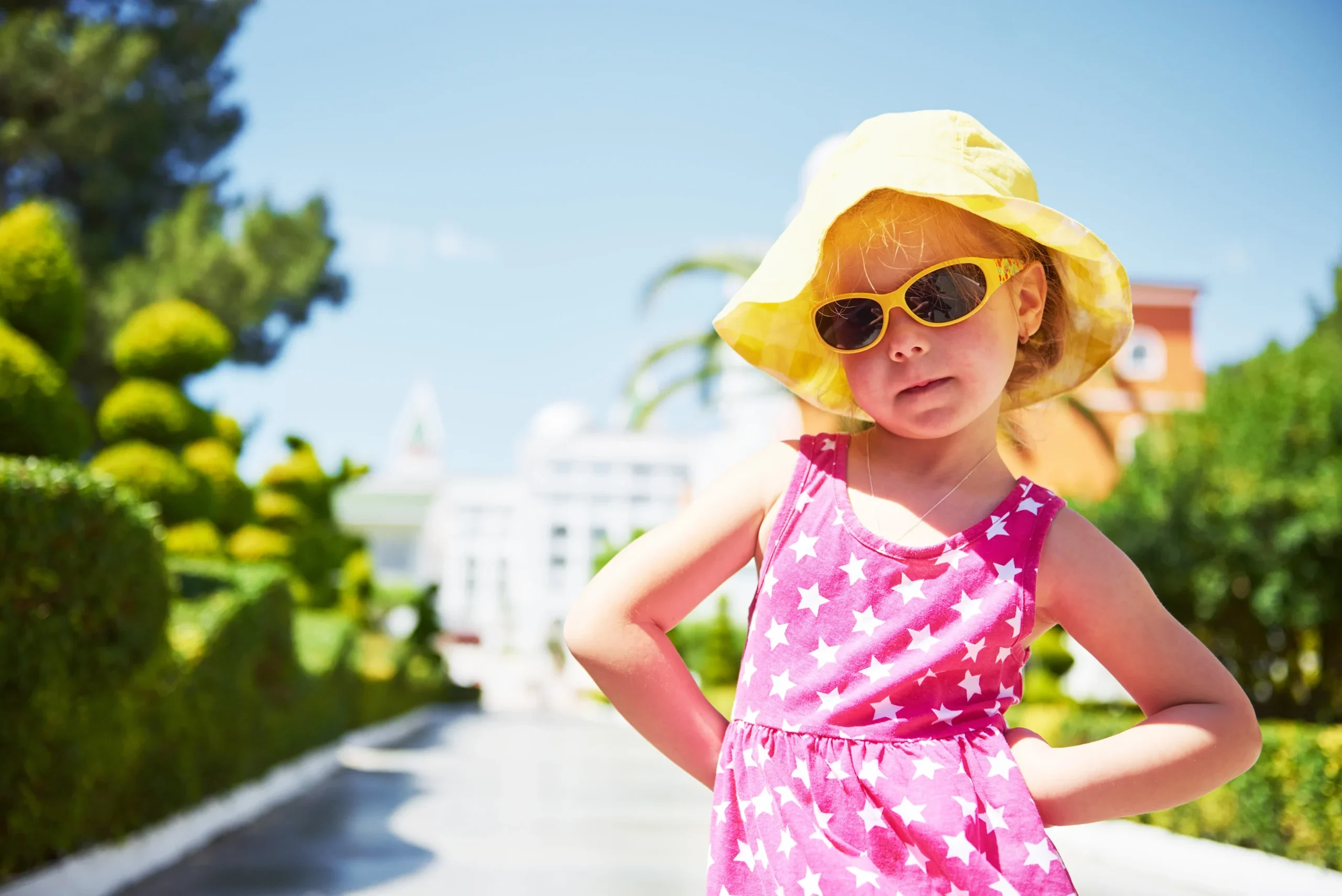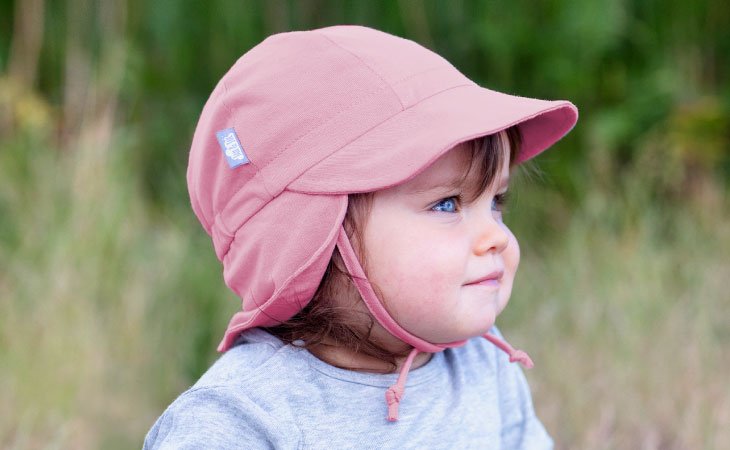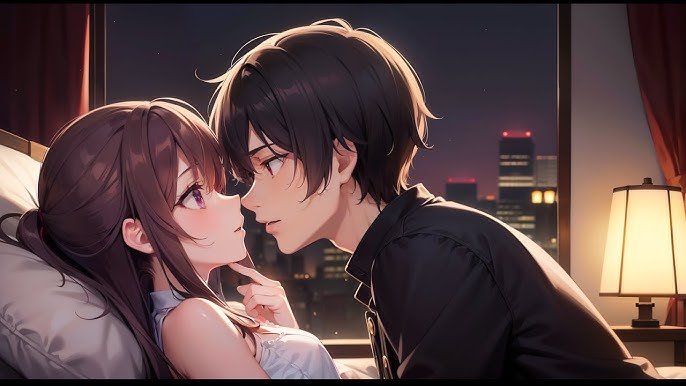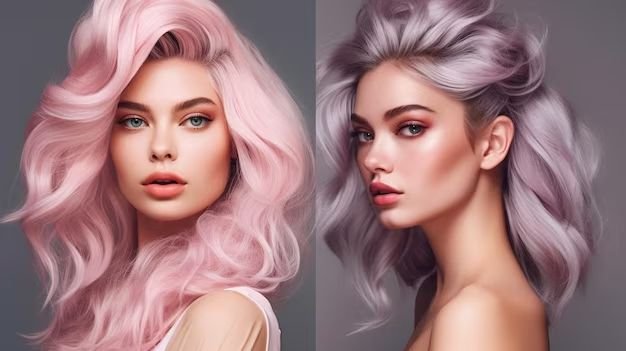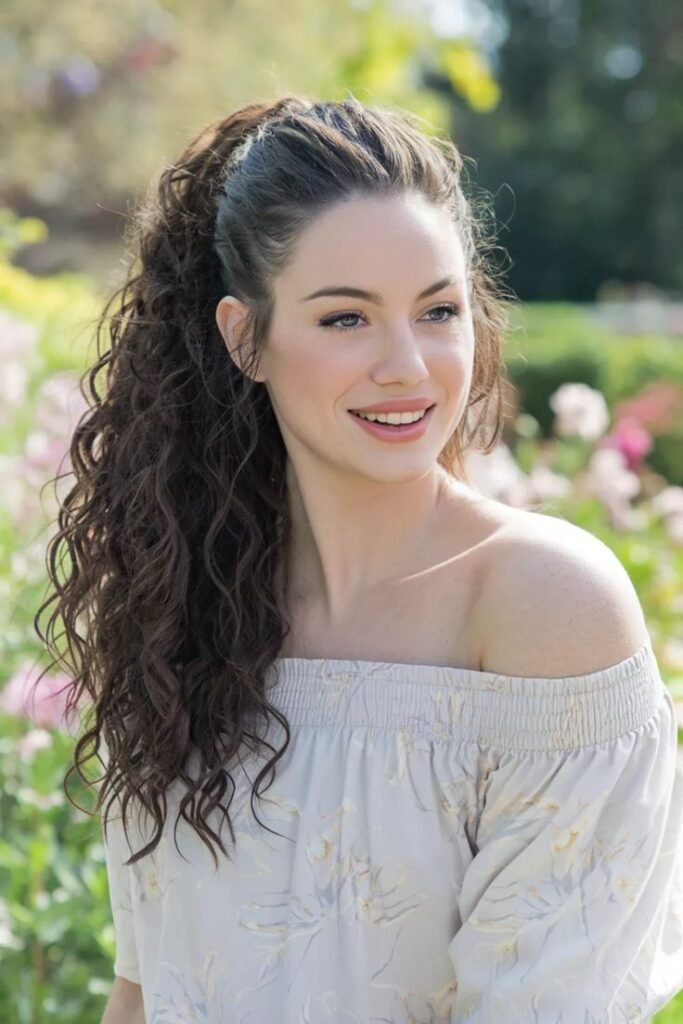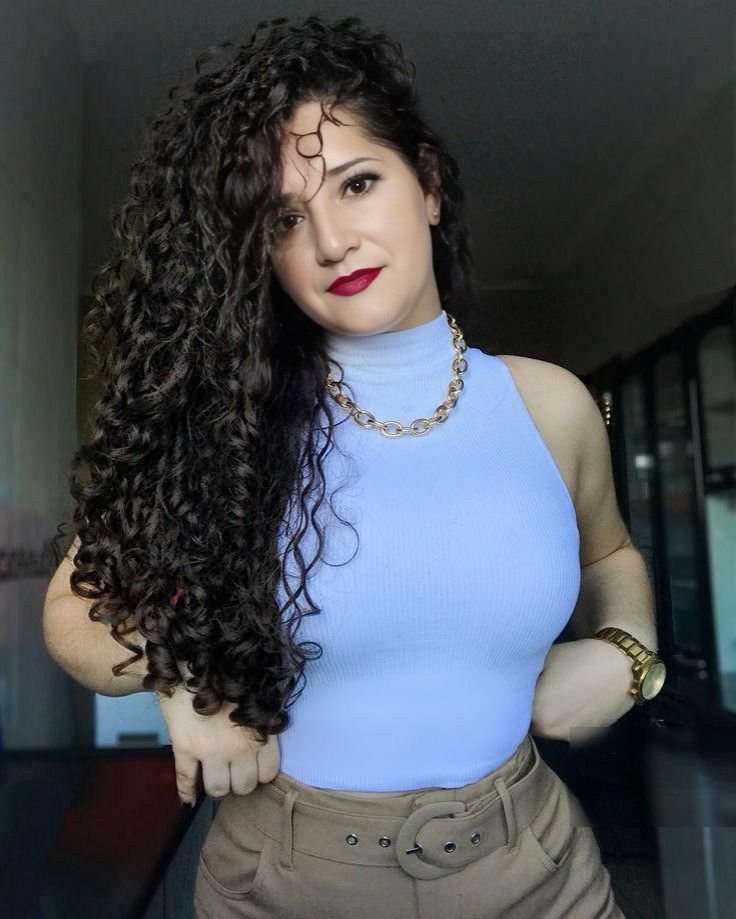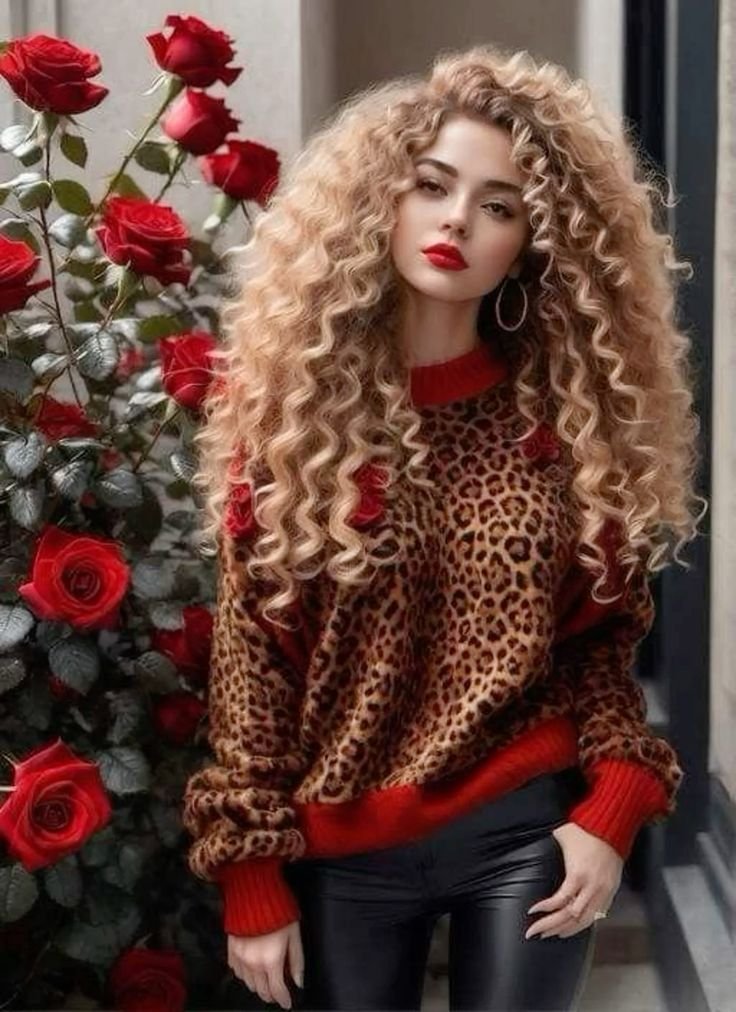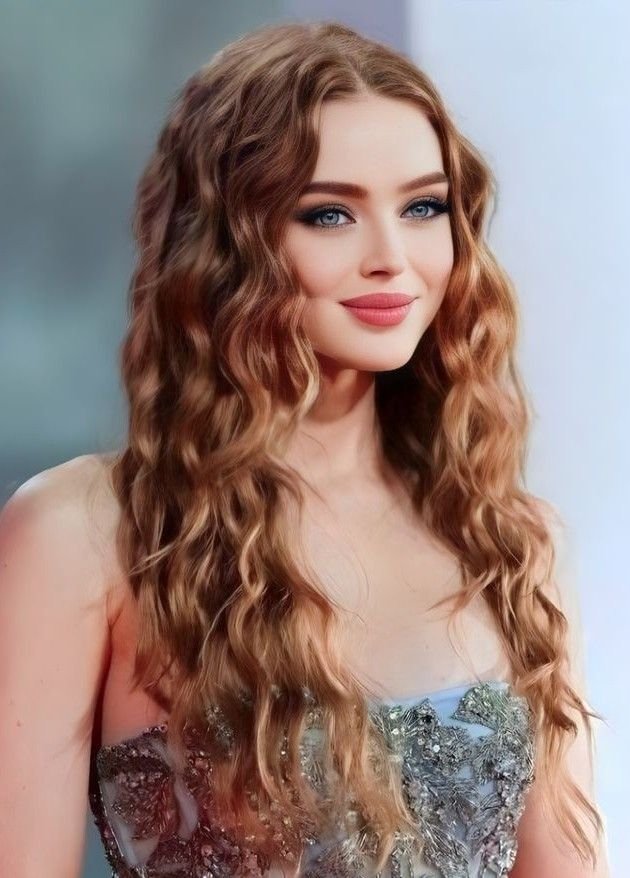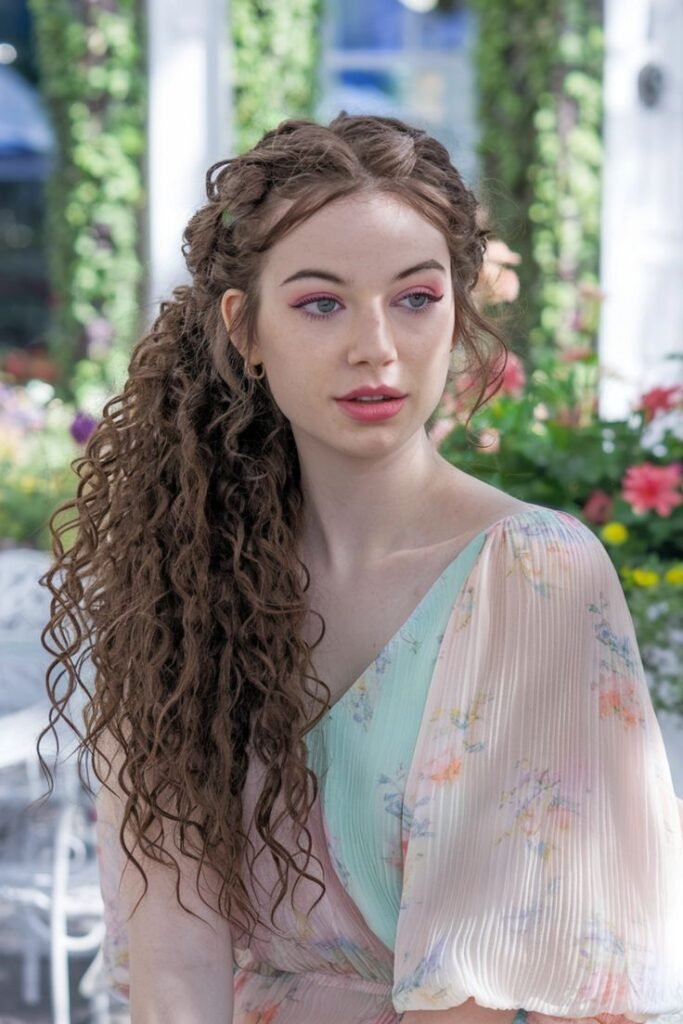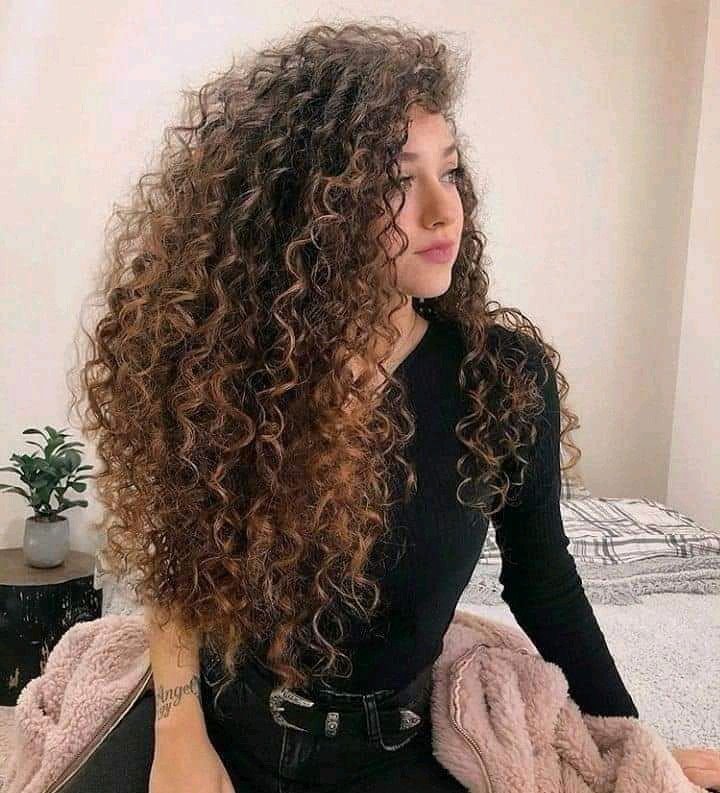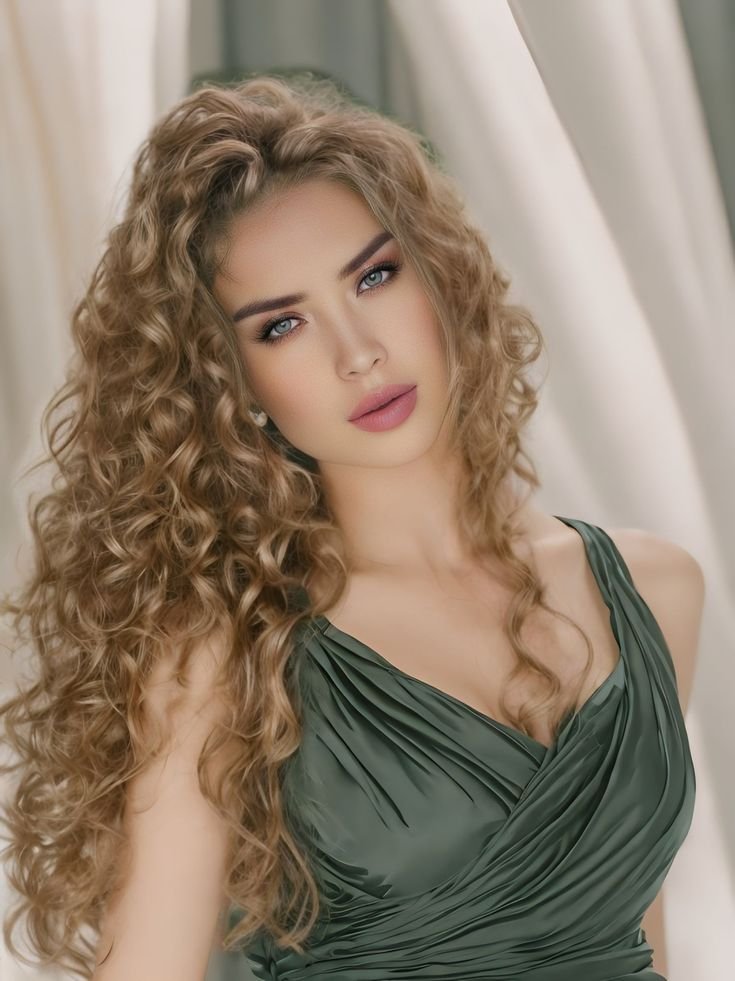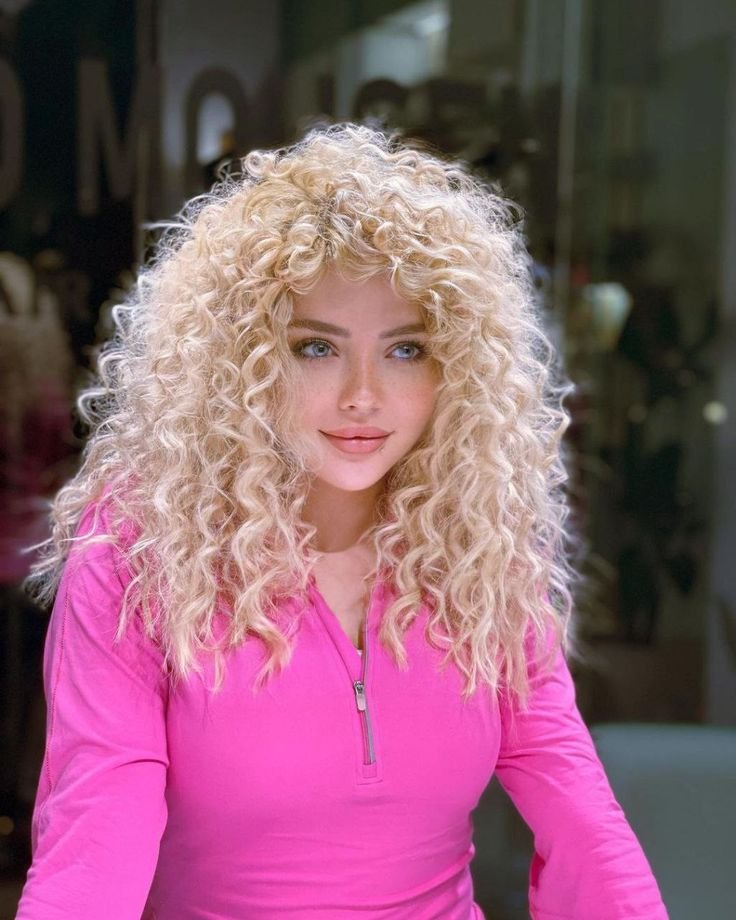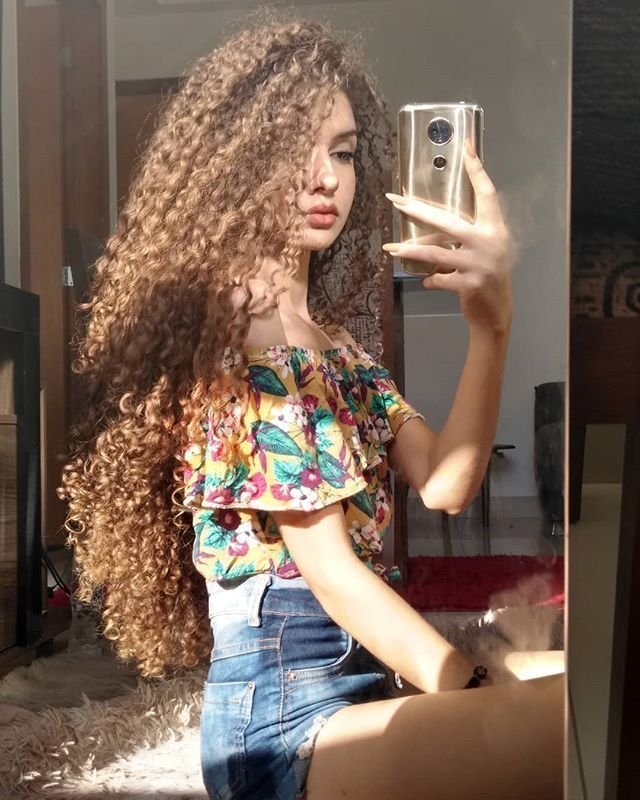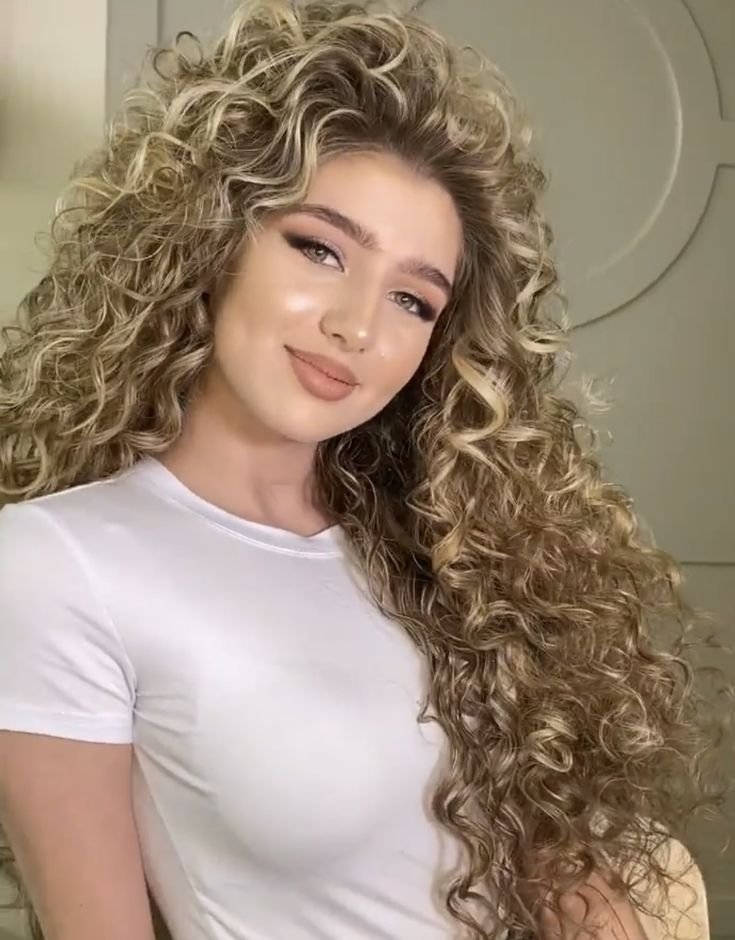Pink hair might be trendy now, but it wasn’t always accepted or admired. For decades, it symbolized rebellion, creative freedom, and even social defiance. From punk rockers to high-fashion runways, pink hair has made a long, fascinating journey through pop culture—and it’s not slowing down anytime soon.
🎸 1970s–1980s: The Punk Revolution

Pink hair first surged into pop culture during the punk rock explosion of the 1970s. Punks used hair color as a tool to push back against societal norms—and pink was one of the loudest statements.
💾 1990s: Anime, Raves, and Subculture Style

In the 90s, pink hair took on new meanings thanks to the influence of Japanese anime, rave culture, and grunge.
🎤 Early 2000s: Emo, Scene Queens & Pop Icons

The 2000s brought pink hair into the MySpace era with “scene queens,” emos, and alt-pop singers leading the charge.
👗 2010s: High Fashion Meets Hair Dye

By the 2010s, pink hair had entered the fashion mainstream. It no longer symbolized defiance—it was now chic, playful, and Instagrammable.
📱 2020s: Gender Fluidity, Self-Expression & TikTok Influence
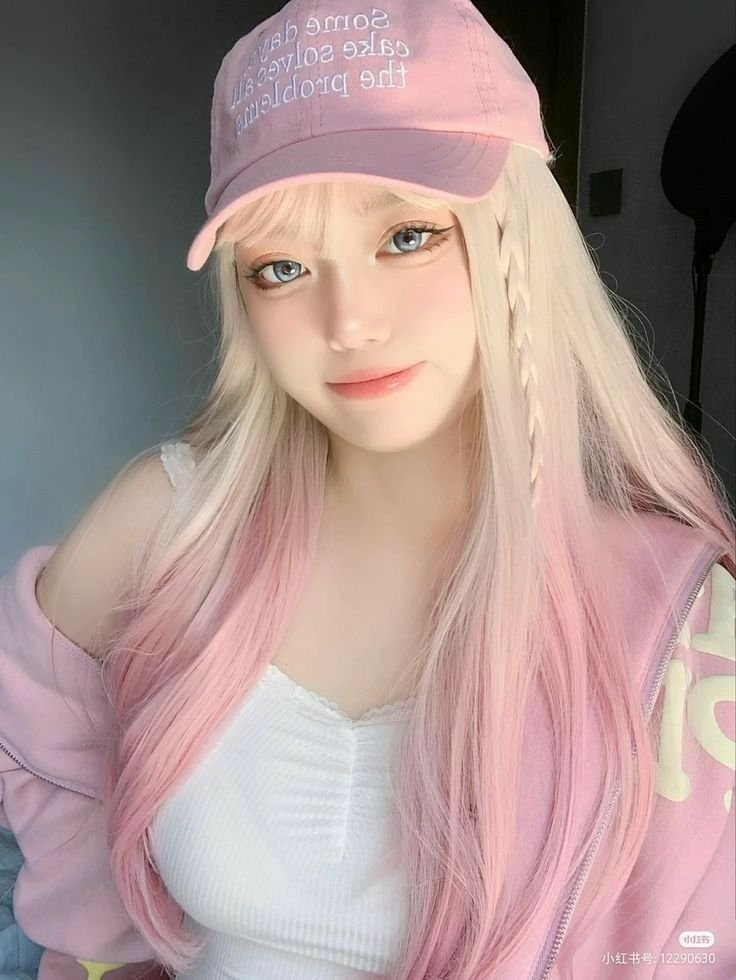
Today, pink hair is a gender-neutral, cross-cultural phenomenon—embraced by artists, influencers, and everyday people alike.
🔮 Final Thoughts

What began as a symbol of rebellion is now a canvas for creativity. Pink hair has traveled through decades of cultural shifts, constantly redefining what it means to be bold, expressive, and unapologetically you.

